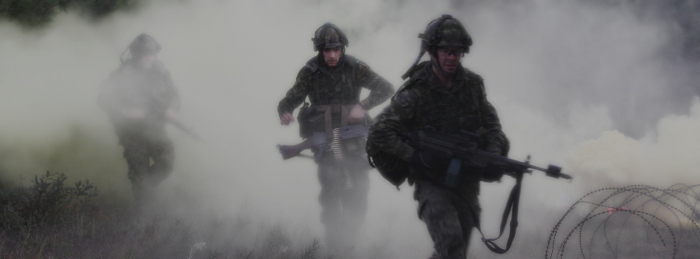Signalling (1905)
Topic: Drill and Training
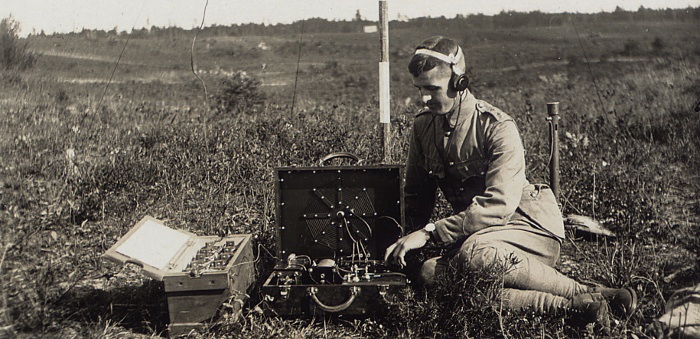
Lieutenant Eric Costin operating a wireless telegraph apparatus; 29 August, 1911.
Source: Toronto Public Library Digital Archive.
General Order 48 of 1905
Signalling
The following instructions, &c. relative to signalling are authorized:-
Permanent Forces
(1). Two officers of each squadron, battery and company of the following permanent units will be selected and trained as Signalling Instructors, viz.:-
(2). Ten per cent of the establishment of non-commissioned officers and men of the above units will be trained as Assistant Instructors. Of the above ten per cent, not more than three shall be non-commissioned officers, of whom only one may be a staff sergeant or sergeant.
(3). The above details will be available as Instructors and Assistant Instructors for the militia units of their respective arms, and while so employed will receive extra pay according to the class of certificate held by them, viz:—
| | Per diem. |
| Officers | Instructors | $1 .00 |
| Grade "B" | .75 |
| N.C.O. Rank and file | Assistant Instructors | .50 |
| Grade "B" | .40 |
(4). Of the staff of Assistant Instruction in each unit the five best of the rank and file may be classified as paid signallers and receive 10 cents a day as such throughout the year. No signaller shall be qualified for this unless he is in possession of an Assistant Instructor's certificate or grade "A" certificate.
(5). Paid specialists are not to be allowed to draw specialist pay in more than one capacity at one time.
Syllabus of Instruction
(6). (a) Learning the alphabet, numerals and special signs.
(b) Acquiring proficiency in reading from and sending on the various instruments.
(c) The use, construction and care of the various instruments.
(d) The detailed duty of station work and the method of dealing with messages.
(e) Establishment of various kinds of stations in the field.
(7). The standard of efficiency required to obtain the "Instructor's," "Assistant Instructor's' "A" Grade and "B" Grade certificates will be as follows:—
| | Reading and Sending @ words per minutes | Percentage of accuracy | Theoretical examination percentage of marks. |
| Heliograph | Small Flag | Lamp | Sounder | Semaphore |
| Officers | Instructors | 8 | 8 | 8 | 8 | 10 | 95 | 66 |
| Grade "B" | Trained | 6 | 6 | 6 | 8 | 90 | 66 |
| N.C.O., rank and file | Assistant Instructors | 8 | 8 | 8 | 8 | 10 | 95 | 66 |
| Grade "B" | Trained | 6 | 6 | 6 | 8 | 90 | 66 |
(8). A qualified officer, assisted by the senior, or by a specially qualified, non-commissioned officer of the rank of sergeant, will be detailed by each officer commanding a permanent unit to take charge of the signallers.
(9). The system laid down in the "Signalling Instructions" is to be adhered to. As the signallers of one corps may, at any time, be called upon to communicate with those of another, identity of system is absolutely necessary.
(10). In units provided with certified instructors, classes will be formed for regimental Instruction under regimental arrangements .
(11). Members of a signalling class when under instruction will be relieved from duties which interfere with the course of instruction .
(12). Commanding officers will he held responsible for their signallers being thoroughly trained in Heliograph, Lamp, Flag and Semaphore and for the number of their signallers being up to the establishment and fit for inspection at any time during the year.
(13). The regimental signallers in the permanent units will have at least three hours practice weekly throughout the year. Brigade practice will also take place whenever possible, under the supervision of the district signalling officer or a selected instructor.
(14). The district officer will, from time to time, test the efficiency of the signallers.
(15). Requisitions for stationery for signalling classes should be included in the annual demand made by commanding officers of the permanent units.
(16) . Two supernumeraries per service squadron or battery and one supernumerary per company should be trained in order to replace men becoming non-effective.
(17). A report on the efficiency of the units inspected will, after each inspection, be forwarded (on A.F.B. 225) by the Inspector of Signalling to the Militia Council. The signallers of the units which are shown in the annual report of the Inspector of Signalling as having qualified, will be entitled to wear badges and receive the gratuity authorized in paragraph 20. The signallers of any corps who fail to to qualify at the annual inspection will not be permitted to wear badges for the year.
(18) . The Inspector of Signalling may be accompanied, on his annual tour of inspection, by an assistant instructor of the instructional signalling staff.
Signalling Establishments for Active Militia
(19.) The undermentioned numbers of officers, n.c. officers and men of each unit of the several branches of the service, exclusive of the permanent force, are authorized to be trained as signallers, vis:—
- Cavalry—l officer and 2 n.c.o. or men per squadron.
- Artillery (Field)—1 officer and 4 n.c.o. or men per battery.
- Artillery (Garrison)—l officer and 4 n.c.o. or men per company.
- Engineers—1 officer and 2 n.c.o. or men per company.
- Infantry—2 officers per battalion and 2 n.c.o. or men per company,
- Army Service Corps—1 officer and 2 n.c.o. or men per company.
- Medical Corps—I officer and 2 n.c.o. or men per company.
(The above details are not to be considered as in excess of the authorized establishments.)
They will be examined in signalling at their headquarters or at the annual camps.
(20) . Those officers, n.c.o. and men who pass the tests for instructor and assistant instructor will be granted a gratuity in the case of:—
- An officer — $5.00
- A n.c.o. or man — 3.00
Non-commissioned officers and men who pass the standard of efficiency of a Grade "B" certificate will be allowed to wear badges.
(21). The "Signalling Instructions" for the British Army will be the test book.
City Corps
(22). Courses of instruction for city corps will cover, as nearly as possible, the syllabus laid down for the permanent force.
The use of the Heliograph is optional.
Rural Corps
(23). The course of instruction for rural corps at the annual camps will he limited to sending and reading proficiently messages by semaphore. This will not prevent officers and men from attending full courses of instruction at other times.
Courses of Instruction
(24) . In order that officers, non-commissioned officers and men of the permanent force may thoroughly qualify themselves for the position of instructors and assistant instructors, and also that a uniform system of signalling may prevail throughout the Canadian Militia, courses at Instruction will be conducted under the supervision of the Inspector of Signalling at the several permanent headquarters, as notified from time to time in Militia Orders.
(25), Officers and non-commissioned officers of the Active Militia, including the Signalling Corps, will be allowed to attend classes if vacancies exist. Due notice will be given.
Each class will last from six weeks to two months.
As efficient instructors an trained, opportunity will be taken to establish courses of instruction at the larger centres for the benefit of the Active Militia.

Posted by regimentalrogue
at 12:01 AM EST



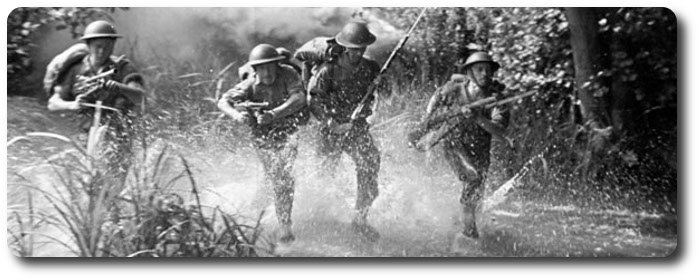

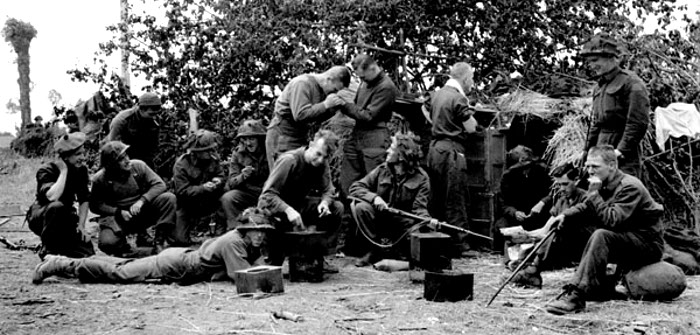
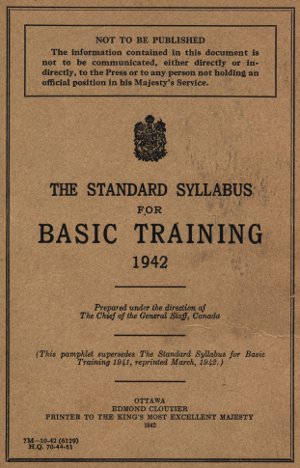 Basic Training Centre
Basic Training Centre
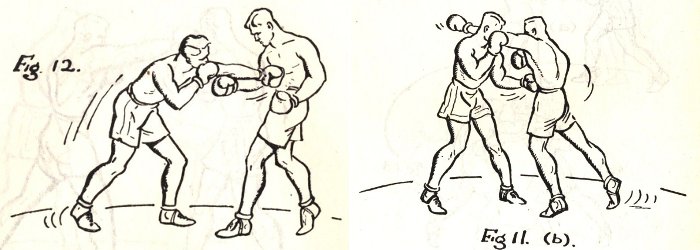
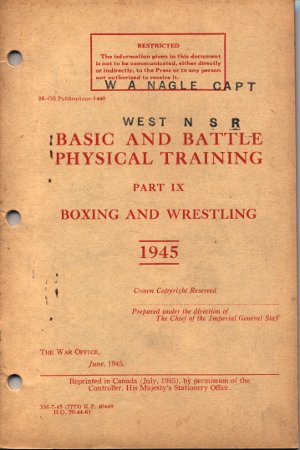 Chapter 1 — Boxing
Chapter 1 — Boxing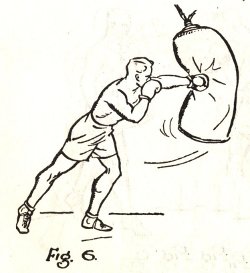 4. In boxing there are three types of attack. These are:—
4. In boxing there are three types of attack. These are:—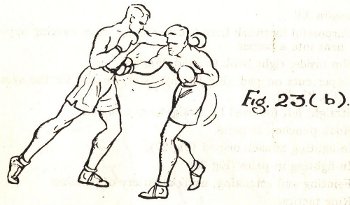 6. Just as each arm of the service has its special characteristics, each individual boxer has his strong and weak points, which must be developed in such a way that the strong are strengthened and the weak are concealed. A tall man with a long reach should develop his ability as a long range boxer, and should not "mix it” with a short, stocky opponent, or he may be beaten by employing wrong tactics. A purely defensive boxer will rarely win, although defence, scientifically studied and skillfully applied, may enable a boxer to defeat an unskilled opponent who is bigger and stronger than himself. In addition, a sound defence promotes self-confidence and enables a boxer to maintain the initiative even when he is on the defensive. A successful defensive action should always be followed by a counter-attack.
6. Just as each arm of the service has its special characteristics, each individual boxer has his strong and weak points, which must be developed in such a way that the strong are strengthened and the weak are concealed. A tall man with a long reach should develop his ability as a long range boxer, and should not "mix it” with a short, stocky opponent, or he may be beaten by employing wrong tactics. A purely defensive boxer will rarely win, although defence, scientifically studied and skillfully applied, may enable a boxer to defeat an unskilled opponent who is bigger and stronger than himself. In addition, a sound defence promotes self-confidence and enables a boxer to maintain the initiative even when he is on the defensive. A successful defensive action should always be followed by a counter-attack.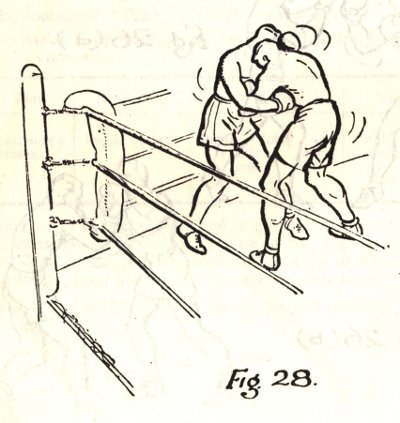

 Artificers' Course—A N.C.O. Or man recommended must be of good character, and should have worked at his trade before he enlisted.
Artificers' Course—A N.C.O. Or man recommended must be of good character, and should have worked at his trade before he enlisted.

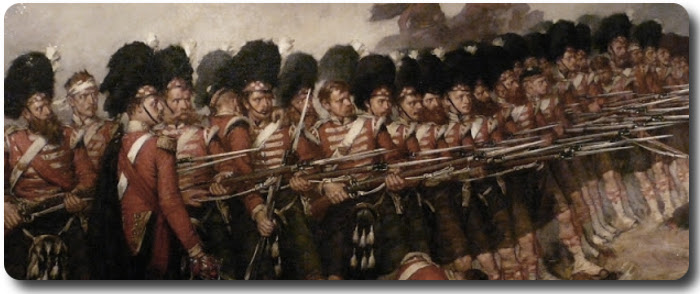

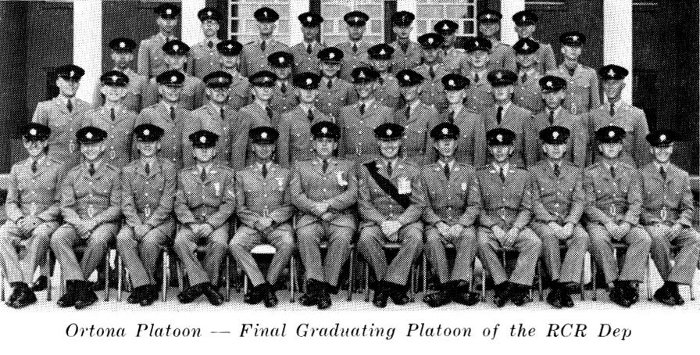 Ortona Platoon graduated at Wolseley Barracks, 11 October, 1968.
Ortona Platoon graduated at Wolseley Barracks, 11 October, 1968.
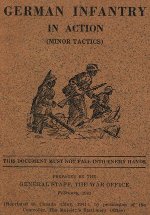

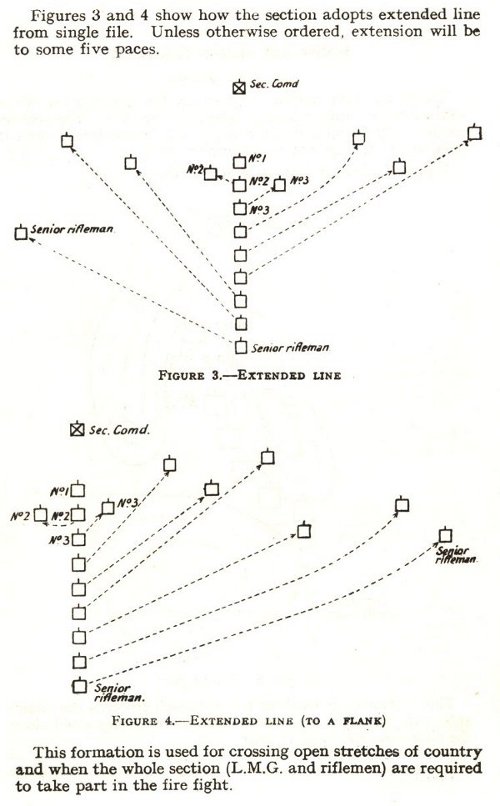
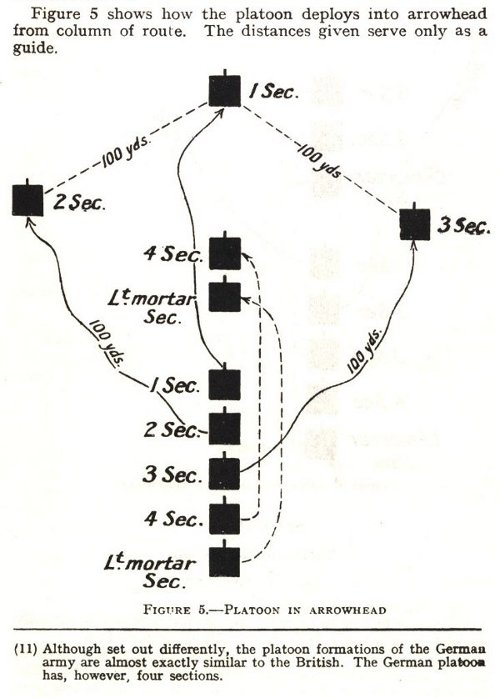
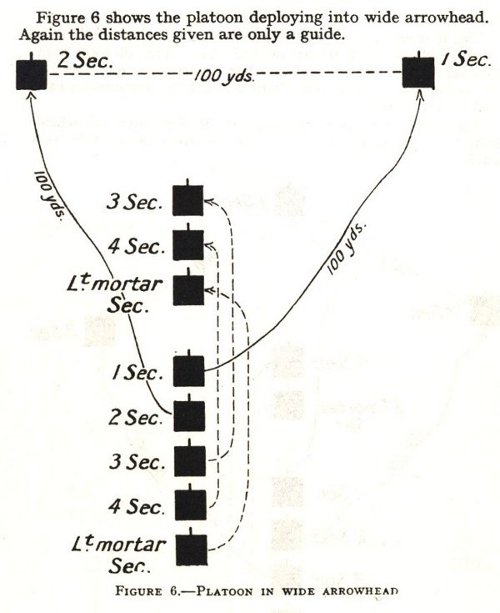
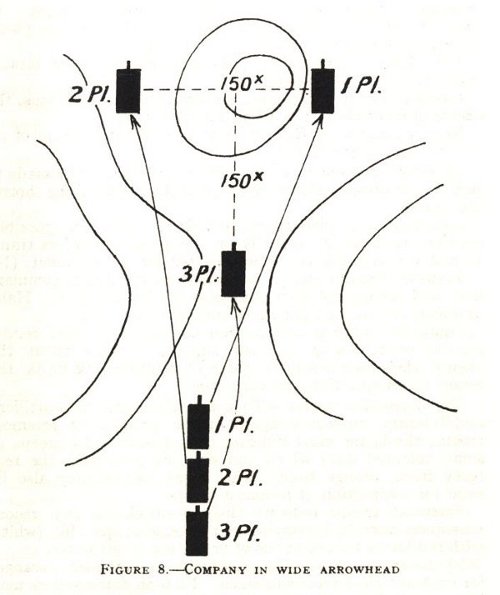
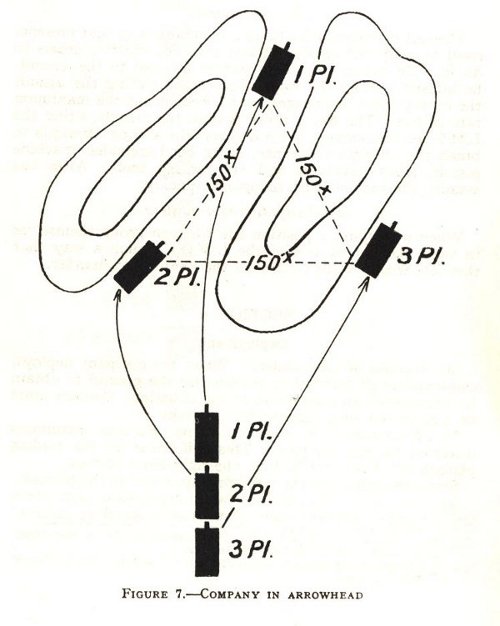
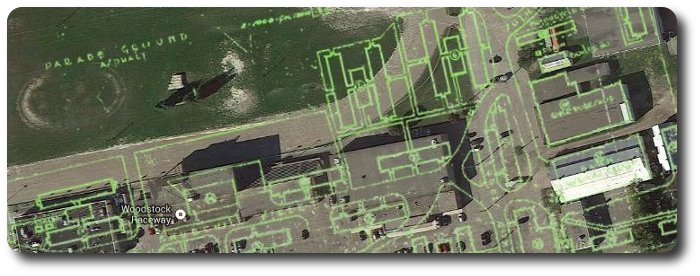
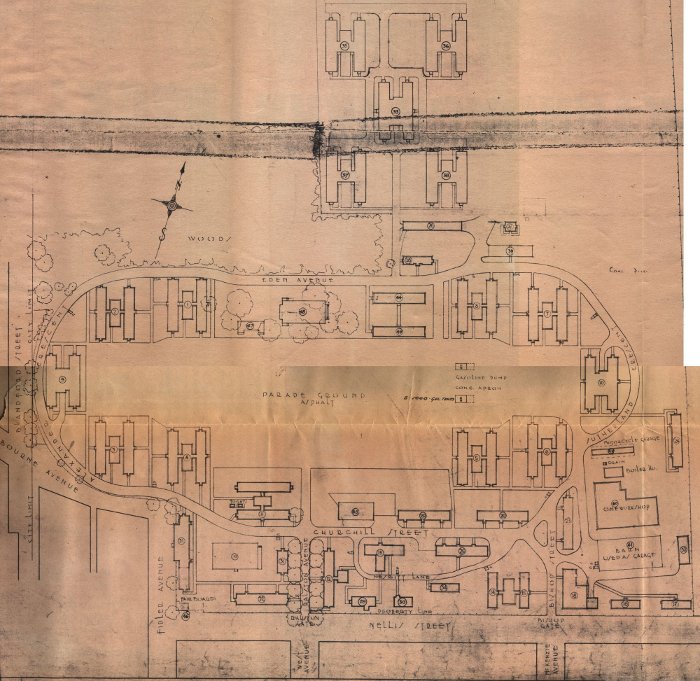
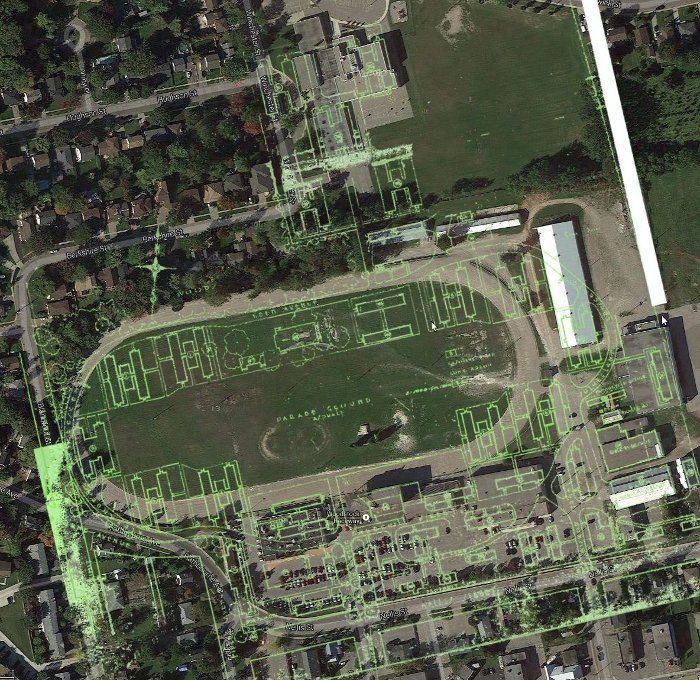
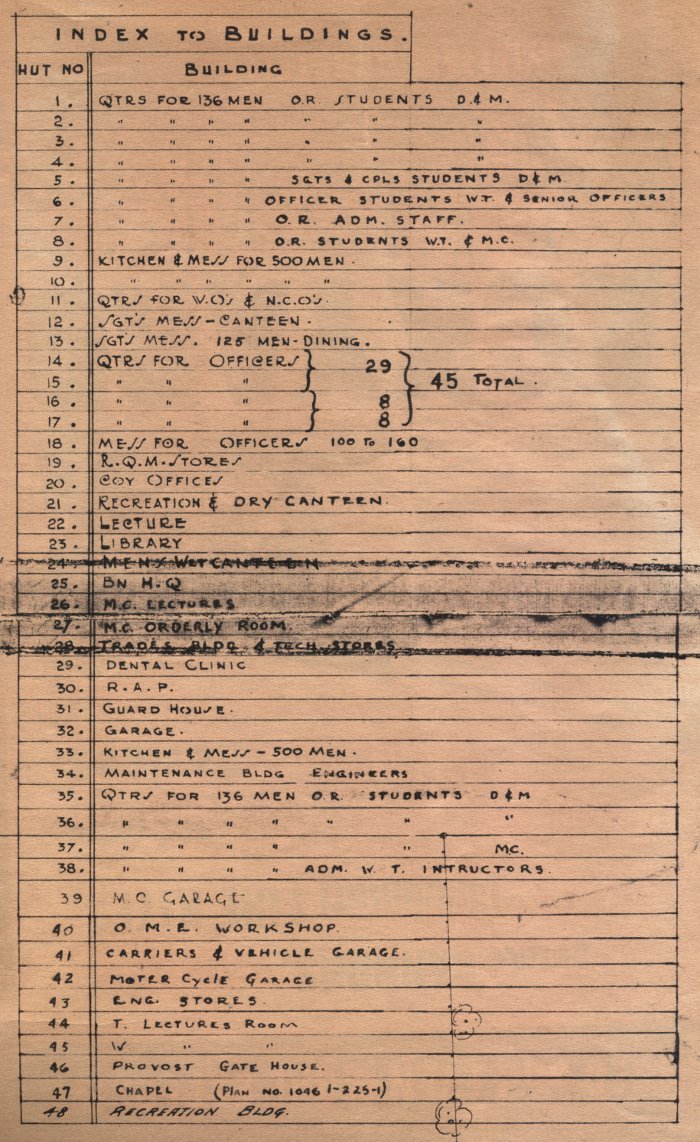
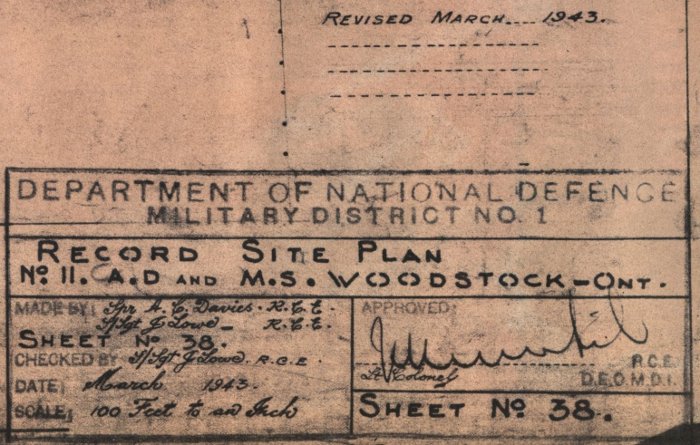
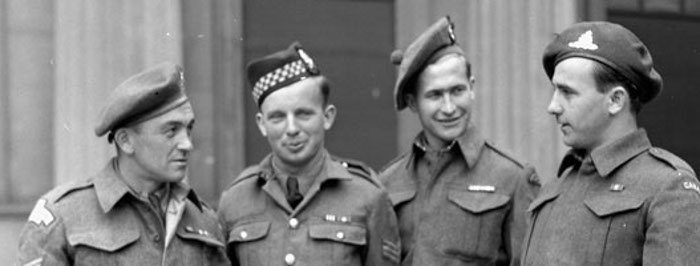
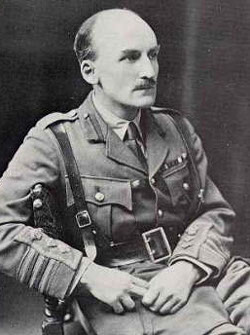
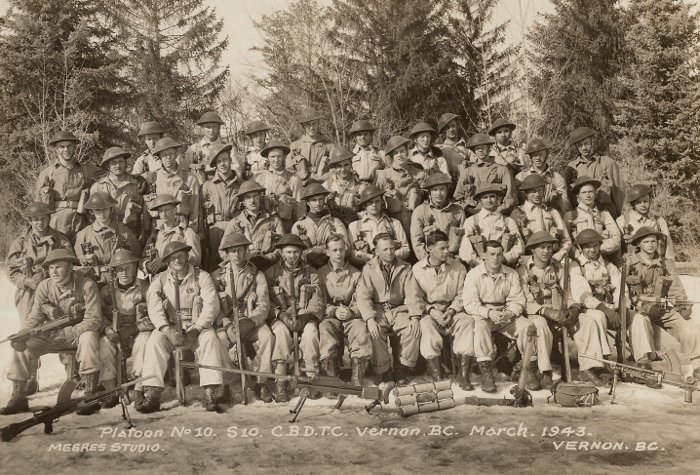


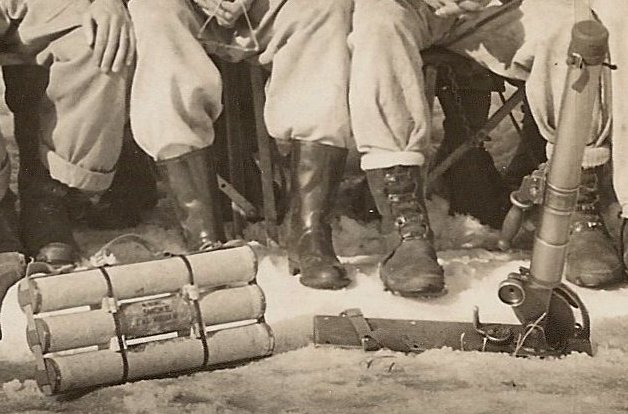
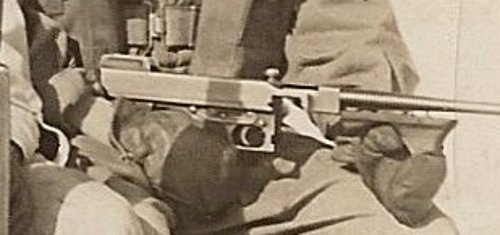
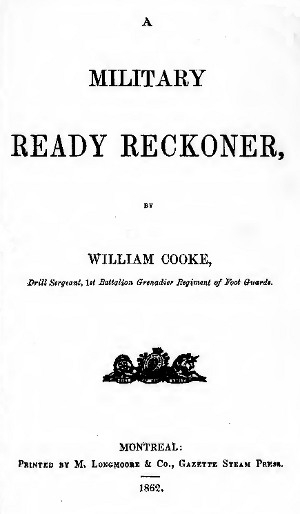
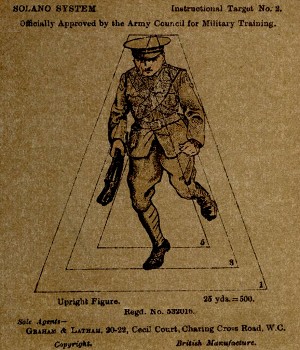



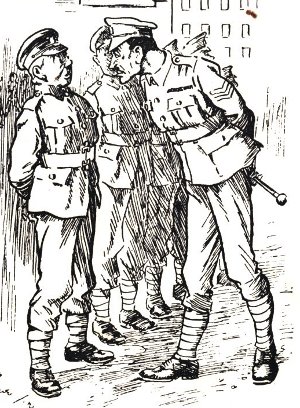 Before being dismissed recruit training every regular recruit will be examined by the depot or battalion commander and a medical officer, who will determine whether he has attained the necessary standard of efficiency, and is physically fit for the duties of a trained soldier.
Before being dismissed recruit training every regular recruit will be examined by the depot or battalion commander and a medical officer, who will determine whether he has attained the necessary standard of efficiency, and is physically fit for the duties of a trained soldier.
